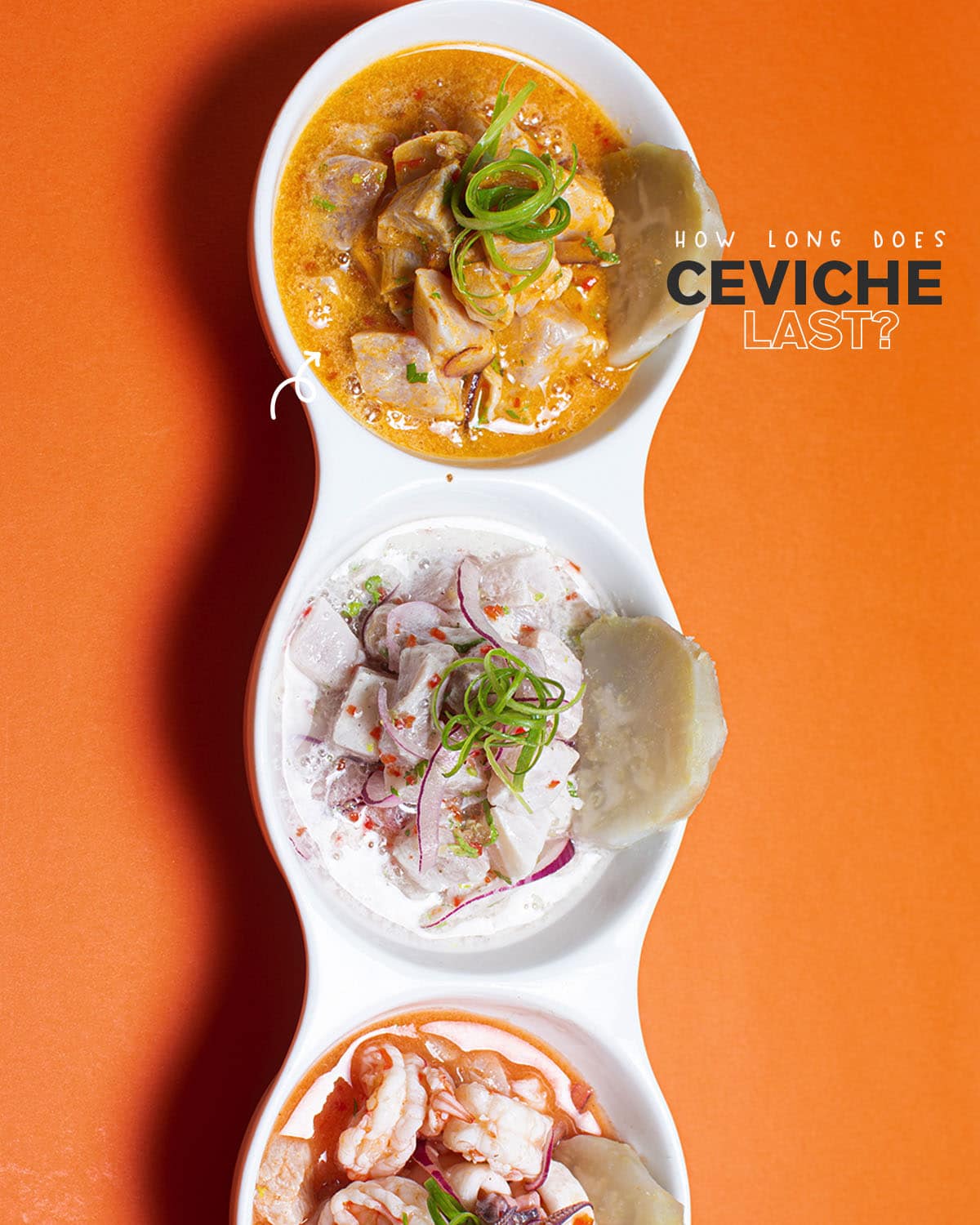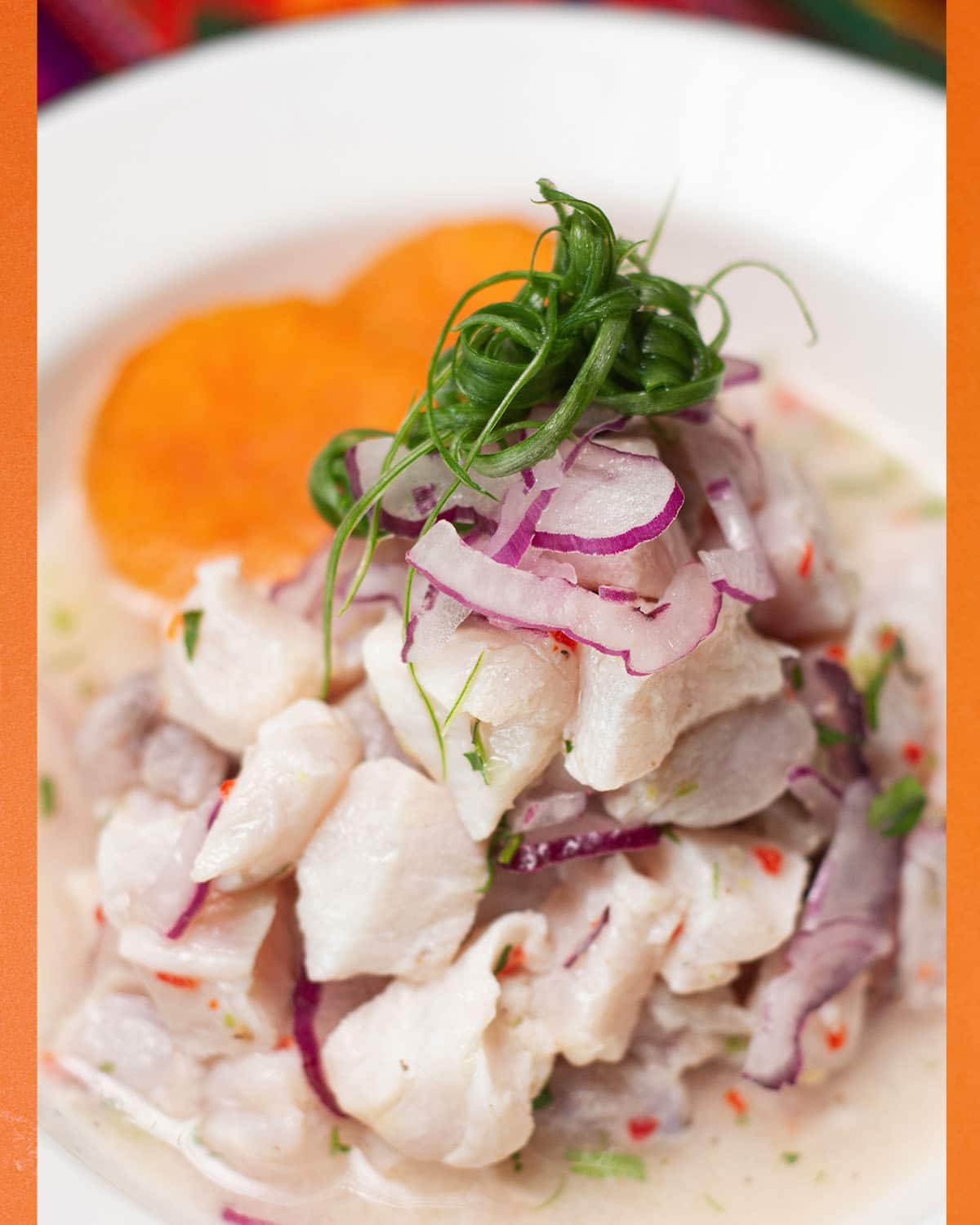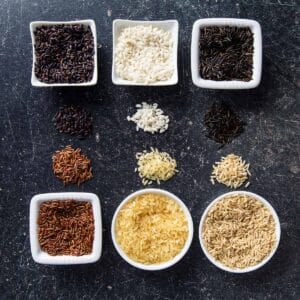If you love seafood, ceviche is one dish you'll enjoy. This popular Latin American dish is made with raw fish "cooked" in a citrus juice marinade. But how long does ceviche last? And is it safe to eat if it's been sitting out for a while? Keep reading to find out!
Although it might seem challenging, preserving such a dish for a long time poses a big question.
How long does Ceviche last? Ceviche is a dish that keeps for a few days. For maximum freshness, consume it within two hours after preparation. Then again, you can prolong its longevity for up to two days by keeping it chilled. Just drain off the acidic mixture and segregate the solid remnants. Continuous soaking in the liquid will denature the fish's protein and deteriorate the quality.

There are dozens of variations of Ceviche on restaurant menus, and if you peruse any fishing board, you'll find recipes for it made from anything and everything. This can lead to disaster.
What is Ceviche?
Ceviche (pronounced "seh-VEE-chay") is a popular dish, but despite the wide variety of recipes available, technically, it is, in its basic form, a lot like pico de gallo with seafood. Its simplest form involves diced or cubes of raw fish (or sometimes shellfish) marinated in an acidic solution, primarily lime or lemon juice and seasonings.
One of the things I like about Ceviche is that there is no heating involved — it is "cooked" using the acids in citrus juices, and is known as chemical denaturation.
This process results in the fish transitioning from a pink-tinged, translucent appearance to an opaque white tone while retaining firmness and moisture.
If you allow the fish chunks to immerse in the marinade, the citric acid gradually denatures the proteins the same way cooking does. It leaves raw fish with the opaque appearance and firmness of cooked fish.
Related Recipes:
How long does Ceviche last?
Ceviche is a dish that's perfect for summer gatherings. It's light, refreshing, and easy to make ahead of time. But how long does Ceviche last? If you're planning to serve it at a party or potluck, you'll want to know how long it will keep so you can make it in advance. Here's what you need to know about the shelf life of Ceviche.
Ceviche is typically made with fresh fish or seafood, lime juice, and seasonings. The acid in the lime juice "cooks" the fish, meaning that it changes the protein structure. This makes the texture of the fish more firm and changes its flavor.
Because of this "cooking" process, Ceviche will stay fresh for a few hours after it's made. However, it's best to consume it within two hours for maximum freshness.
If you're not planning to serve the Ceviche right away, you can store it in the fridge for up to two days. Just be sure to drain off the lime juice before storing it, as continuous soaking will denature the protein and deteriorate the quality. When you're ready to serve, simply add more citrus juice to freshen up the flavor.
Is it safe to eat Ceviche?
Ceviche is a popular dish. Although it's delicious, you should exercise caution! The cold marinade illustrates how you can prepare seafood zesty and exciting.
One possible risk of eating Ceviche involves uncooked ingredients. The raw ingredients indeed give the soup its light, fresh taste. However, uncooked foods can be dangerous for unwary or pregnant people.
Adding lemon juice to raw fish triggers a chemical reaction that denatures fish's proteins without using any heat. Unlike other methods, fish don't get heated during the citrus acid bath, which leaves them susceptible to microbes.
As acid cannot destroy every microorganism in the fish, not everyone is willing to eat seafood prepared in this manner. The acidic environment may inhibit the growth of microbial populations; unfortunately, bacteria can survive this process. Read more details on how citric acid "cooked" the Ceviche.
Thus, when making Ceviche, the quality of the fish is important. An example of this would be to use fish straight off the boat; frozen fish is better than fresh fish in many cases due to the following reasons.
- One, anglers usually spend several days at sea. Once they catch a fish, they immediately freeze it.
- Also, another critical factor is that freezing fish is a great way to kill parasites. These parasites die at low temperatures. The fish may already be a few days old when pulled from the boat unless this is done.
Note:
To make Ceviche, choose commercially frozen fish that sits in temperatures below 0°F. Thaw it safely (never allow to leave the fish to sit on the counter for 24 hours). You have a good chance of finding a fish that will work for Ceviche.
Why you should avoid uncooked food
The prevalence of parasites is high; one of the most common routes to infection is consuming uncooked food. The method applied in Ceviche preparation is less effective than heat in killing bacteria and parasites.
Note: Excellent Ceviche begins with the freshest fish possible. While cooking kills parasites, marinating doesn't.
How long do I marinate fish for Ceviche?
Traditional recipes call for soaking Ceviche for several hours to ensure that the seafood has cooked evenly and thoroughly. Modern society, however, prefers dishes with a minimally cooked exterior and medium-rare meat in the center interior.
The following are general guidelines for doneness based on marinating times with varying durations.
| Marinating Time | The results |
|---|---|
| 10 Minutes | At this point, I find it ideal - nice and firm on the outside, moist and tender on the inside. |
| 15 Minutes | I like it even better at this stage. |
| 30 Minutes | Still good, but it's starting to get too "cooked". |
| 1 Hour | A little bit overcooked. The connective tissue between the layers of the flesh is slightly broken down, yet passable. |
| 1.5 Hours | The fish cubes become mushy can break into distinct pieces when poked with a fork or finger. |
How long does Ceviche take to cook in lime juice?
Marinating times are crucial to a successful ceviche. Citrus acid works best when it is allowed to work for at least 30 minutes to an hour, depending on the size of your fish cubes. It's quite fine in its first two hours; however, the Ceviche, still palatable, resembles a pickled fish-type dish beyond that time. You can taste the difference, but it's subtle.
The citrus makes a difference as well.
As much as possible, you should use limes or lemons as the main citrus fruits in the marinade, which are sharper and more acidic compared to oranges, grapefruits, or tangerines. These fruits can accentuate Ceviche; grapefruit is my favorite addition.
How to store Ceviche
It is probably evident by now that you should consume Ceviche straightaway. Leftover Ceviche is, however, bound to happen. If you find yourself in this scenario, you should drain as much marinade as possible.
Then, you can keep the fish and other ingredients in an airtight container and store them in the refrigerator to preserve their quality. Freshen the taste by squeezing in more citrus juice the next day.

How long does Ceviche last at room temperature?
Considering that Ceviche is made with raw fish, you should not keep it at room temperature for an extended period. Instead, marinate in the refrigerator. Allowing it to sit at room temperature for over two hours is not recommended.
In most cases, you will have to marinate the fish for 30 minutes to an hour before it is ready. Keep in mind that while it sits in the marinade, the "cooking" process continues.
Although the fish is safe to eat after two hours, it will gradually lose its structure, which is not good. When the Ceviche is ready, you should serve it right away — allowing it to sit at room temperature for longer than two hours is not recommended.
How long is Ceviche good for in the fridge?
Due to the acidity of the mixture used to marinate the fish, the Ceviche will remain edible for about two days inside the refrigerator.
Unfortunately, the texture will gradually deteriorate as the citrus juice breaks down the protein, making it unwise to store Ceviche leftovers for a long time.
Before storing it in the fridge, you should drain off as much liquid from the Ceviche. We take this extra step to avoid the fish sitting in the acid for too long, resulting in a slimy or mushy texture.
The last step is to place any leftovers inside an airtight container or tightly cover it with plastic wrap to keep any moisture, air, or bacteria from getting into it, causing it to spoil sooner.
Can any fish be used for Ceviche?
A wise choice of fish is important because acidic denaturation does not penetrate deep into the meat and kills certain types of parasites and pathogens.
For Ceviche, the general rule is to use white fish meat of any firm consistency.
Following are some examples of fish that are typically considered safe for Ceviche and work well in it:
- Corvina (possibly the most popular fish used for Ceviche)
- Snapper (one of my favorites)
- Cod
- Halibut
- Bass
- Tilapia
Buying Tips:
When buying fish at a fresh market, choose those with bright red gills and clear eyes. Fresh fish will have these characteristics.
What to Avoid
- Freshwater fish, such as trout
- Salmon and tuna (non-Ceviche-friendly because they're too oily, though they're edible raw)
Is it safe to eat Ceviche if pregnant?
When pregnant, cravings are common, although not all are safe. Pregnant women often wonder if they can eat Ceviche while pregnant. Unfortunately, the answer to that question is NO! There is an obvious reason for this; Ceviche consists of raw fish.
Pregnant women should avoid Ceviche, as it poses too high of a risk, regardless of how soon they eat it after preparing it. An expectant woman's body reacts differently to certain things, and getting sick with Listeria or salmonella is certainly not desirable.
Listeria is by far the more dangerous pathogen. It can result in many serious complications, not only for you but also for your unborn child.
No matter how well you feel after eating raw fish and seafood like Ceviche before pregnancy, it is possible to contract Listeria.
There is a possibility that the parasite can remain in your digestive system for as long as two months, which might cause complications during your first trimester. As with food poisoning, Listeria has similar risks, the most concerning is dehydration.
For more information about the risks of Ceviche and pregnancy, read this article. Also, I found this resource to be handy. The FDA has put together a list of every type of fish you may encounter and some information about potential health risks.
Can you freeze Ceviche?
The idea of freezing Ceviche actually defeats its purpose, but if you have no other option, you can strain all the juice out of the Ceviche, pack it into a freezer bag, and dredge it out to ensure that there is no air inside. Make sure to seal the plastic bag before freezing.
Although frozen Ceviche is still edible, its texture and flavor will be affected. Allow the fish to thaw in the refrigerator, marinate the fish with more citrus juice to add flavor, and serve.
How to tell if Ceviche is bad?
The first sign of spoiled Ceviche happens when the fish becomes mushy. After you keep Ceviche for a while, it will lose its consistency. Consequently, the citric acid continues to denature the protein in the fish.
In any case, just like with any other raw fish, the smell will give you a clue if something is amiss. Citrus juices can only mask the smell to a certain extent, which is why it should be apparent.
Exactly how long should Ceviche sit?
The length of time your Ceviche must sit depends on your taste.
If you prefer medium-cook Ceviche as the degree of doneness, you've officially reached that point if you leave it to sit in the citrus juices for 15-25 minutes "cooked" outside with a pinkish interior.
The best way to prevent bacteria from growing and spoiling fish is to marinate it inside a refrigerator. Let the fish marinate for 30 minutes to one hour if you fancy medium-well Ceviche; the result is a slight hint of pink in the core.
What to do with leftovers to maintain their freshness?
You can always keep leftover Ceviche in the refrigerator for an extra day or two. In any case, if you leave it outside, you should consume most leftovers within two hours.
Here are some helpful tips:
1 Never leave it sitting at room temperature.
To prevent food poisoning, you should not leave Ceviche outside beyond two hours window. Transfer leftover Ceviche in an airtight container whenever possible after sitting for a while. After placing the leftover into a glass container, it's best to encase it with plastic wrap, so it doesn't come in contact with moisture, air, or germs.
2 Drain the marinade.
Unless you want your fresh seafood to degrade rapidly, you should limit its exposure to acidic compounds. Whenever you have unused portions of Ceviche, simply drain off the mixture—this prevents the seafood from crumbling down and becoming slimy if it sits in the marinade too long.
3 Add fresh lime or lemon juice to the mixture.
Change the taste of the dish by adding fresh lime juice. You will maintain the freshness of your Ceviche if you choose this method.
4 Store in the fridge.
Ceviche can remain fresh in the refrigerator for two days because it is prepared with acid and is not 100% raw.




